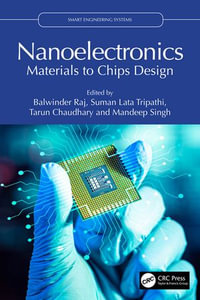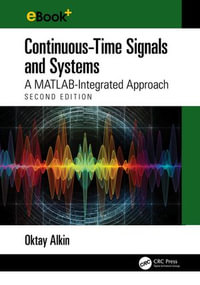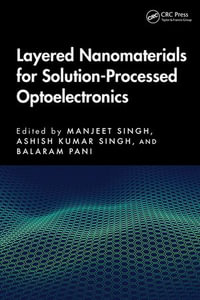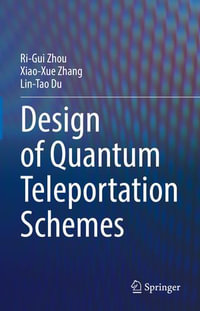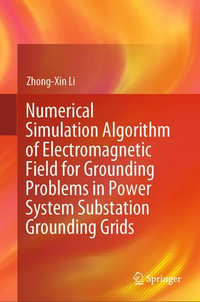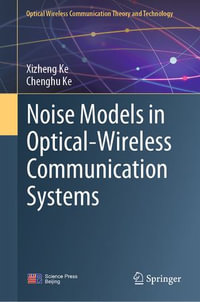eTEXT
Micro and Nanophotonics for Semiconductor Infrared Detectors
Towards an Ultimate Uncooled Device
By: Zoran Jakši?
eText | 25 September 2014
At a Glance
eText
$159.01
or
Instant online reading in your Booktopia eTextbook Library *
Read online on
Desktop
Tablet
Mobile
Not downloadable to your eReader or an app
Why choose an eTextbook?
Instant Access *
Purchase and read your book immediately
Read Aloud
Listen and follow along as Bookshelf reads to you
Study Tools
Built-in study tools like highlights and more
* eTextbooks are not downloadable to your eReader or an app and can be accessed via web browsers only. You must be connected to the internet and have no technical issues with your device or browser that could prevent the eTextbook from operating.
ISBN: 9783319096742
ISBN-10: 3319096745
Published: 25th September 2014
Format: ePUB
Language: English
Audience: General Adult
Publisher: Springer Nature
Country of Publication: US
You Can Find This eBook In
Non-FictionEngineering & TechnologyEnergy Technology & EngineeringElectrical EngineeringElectronics & Communications EngineeringElectronics EngineeringElectronic Devices & MaterialsMicrowave TechnologySciencePhysicsOptical PhysicsTechnology in General
NanotechnologyIndustrial Chemistry & Manufacturing TechnologiesOther Manufacturing TechnologiesPrecision Instruments ManufactureMechanical Engineering & MaterialsMaterials ScienceOther Technologies & Applied SciencesApplied OpticsLaser Technology & HolographyCommunications Engineering & Telecommunications
This product is categorised by
- Non-FictionEngineering & TechnologyEnergy Technology & EngineeringElectrical Engineering
- Non-FictionEngineering & TechnologyElectronics & Communications EngineeringElectronics EngineeringElectronic Devices & Materials
- Non-FictionEngineering & TechnologyElectronics & Communications EngineeringElectronics EngineeringMicrowave Technology
- Non-FictionSciencePhysicsOptical Physics
- Non-FictionEngineering & TechnologyTechnology in GeneralNanotechnology
- Non-FictionEngineering & TechnologyIndustrial Chemistry & Manufacturing TechnologiesOther Manufacturing TechnologiesPrecision Instruments Manufacture
- Non-FictionEngineering & TechnologyMechanical Engineering & MaterialsMaterials Science
- Non-FictionEngineering & TechnologyOther Technologies & Applied SciencesApplied OpticsLaser Technology & Holography
- Non-FictionEngineering & TechnologyElectronics & Communications EngineeringCommunications Engineering & Telecommunications





